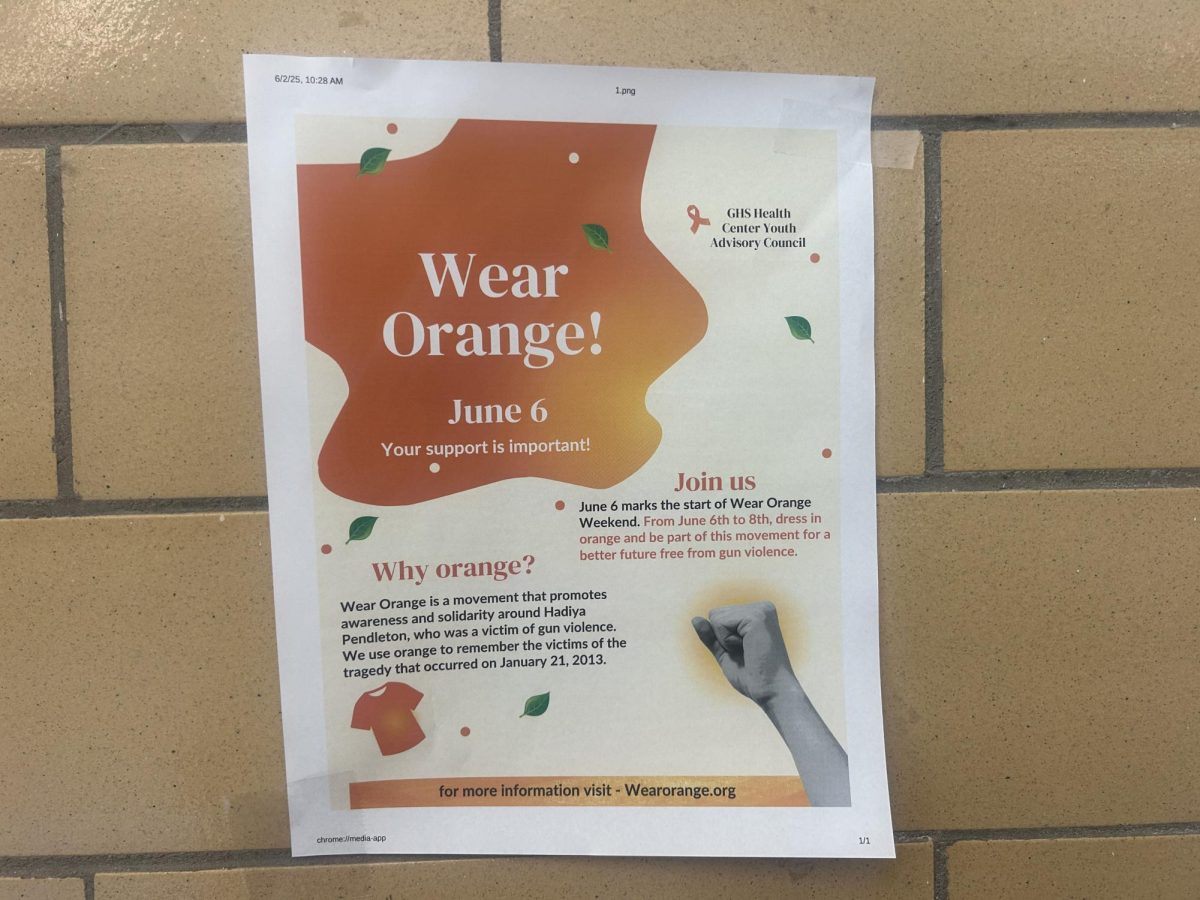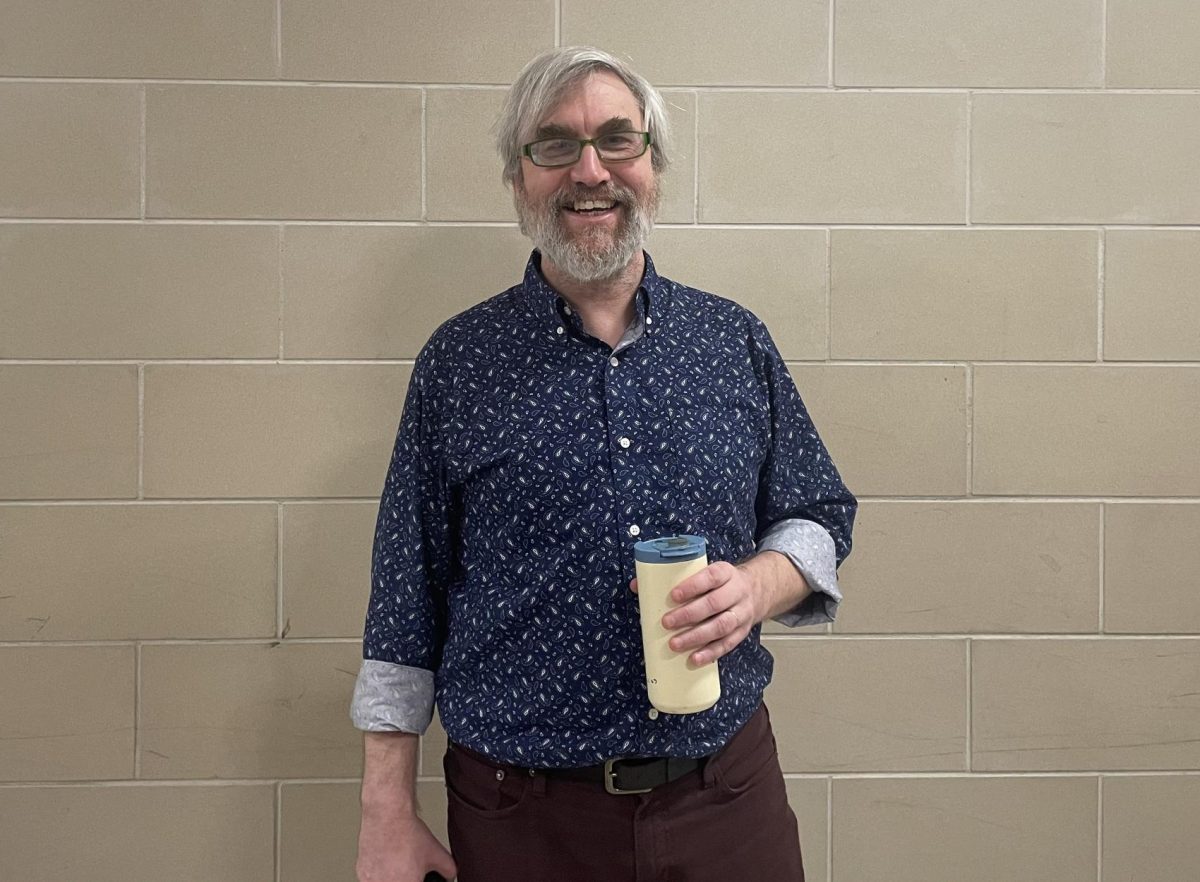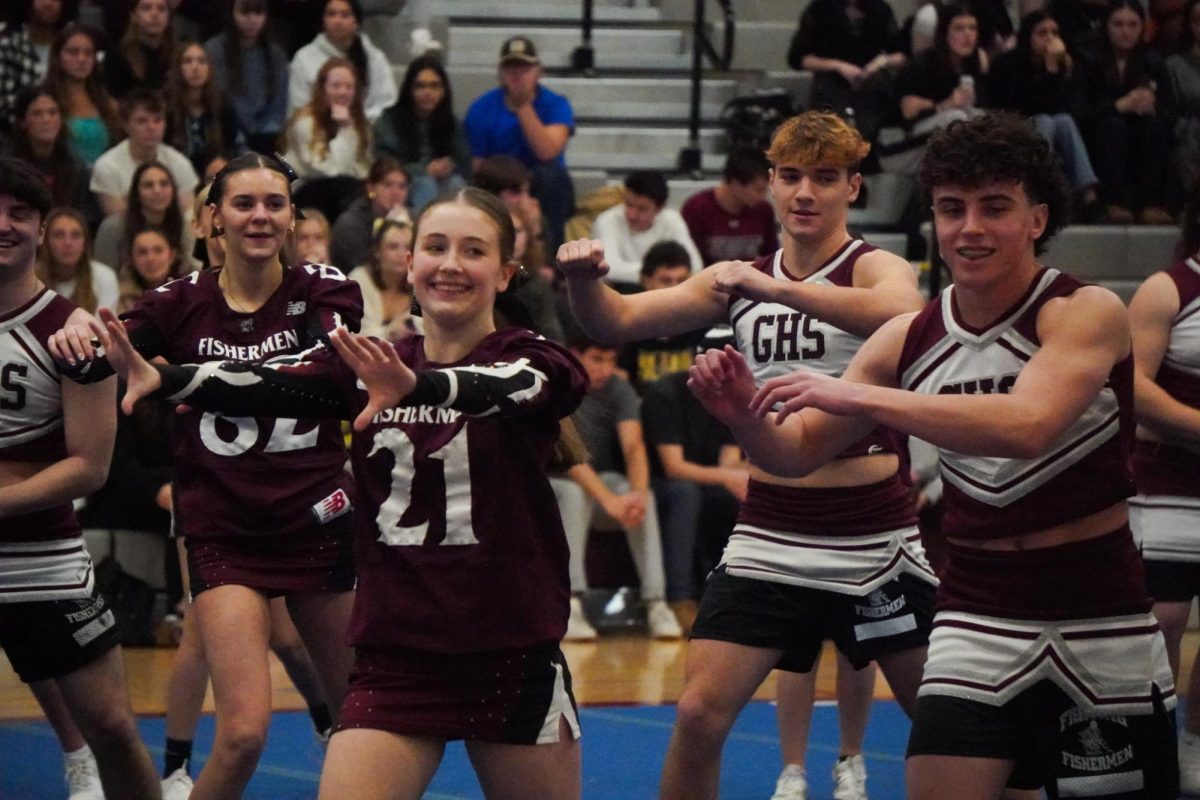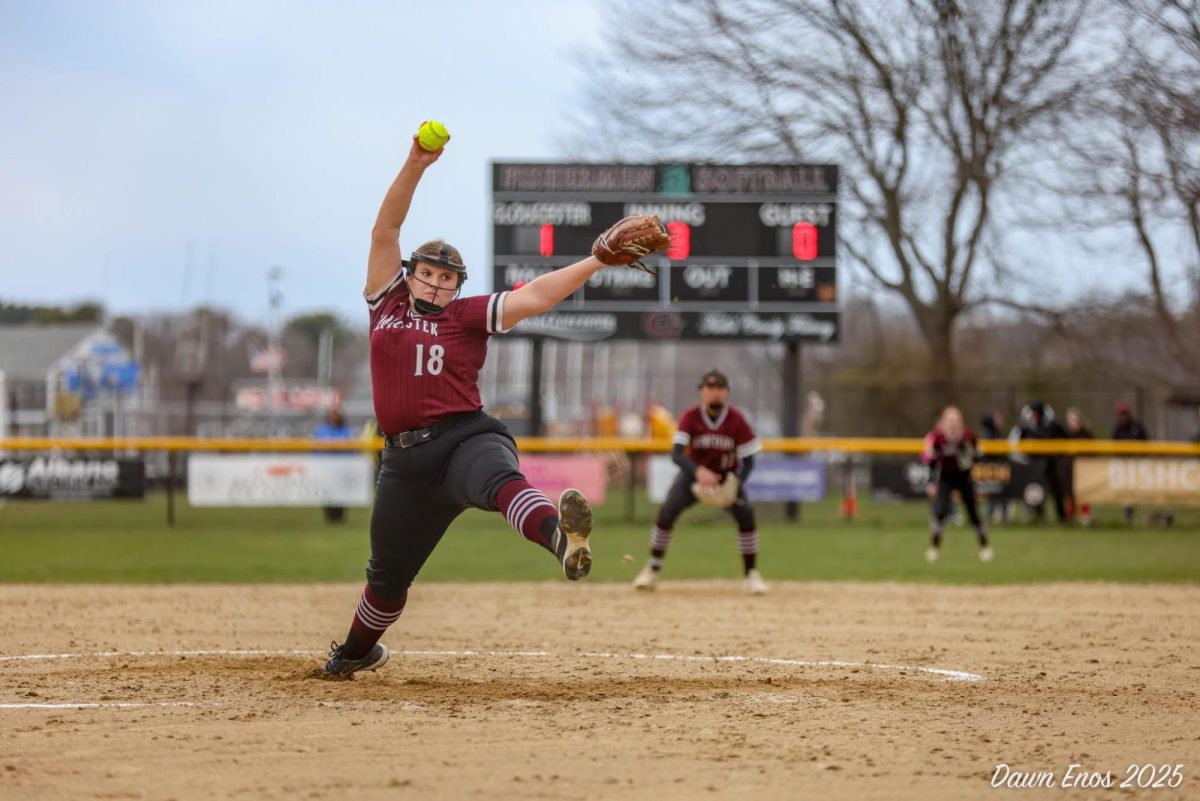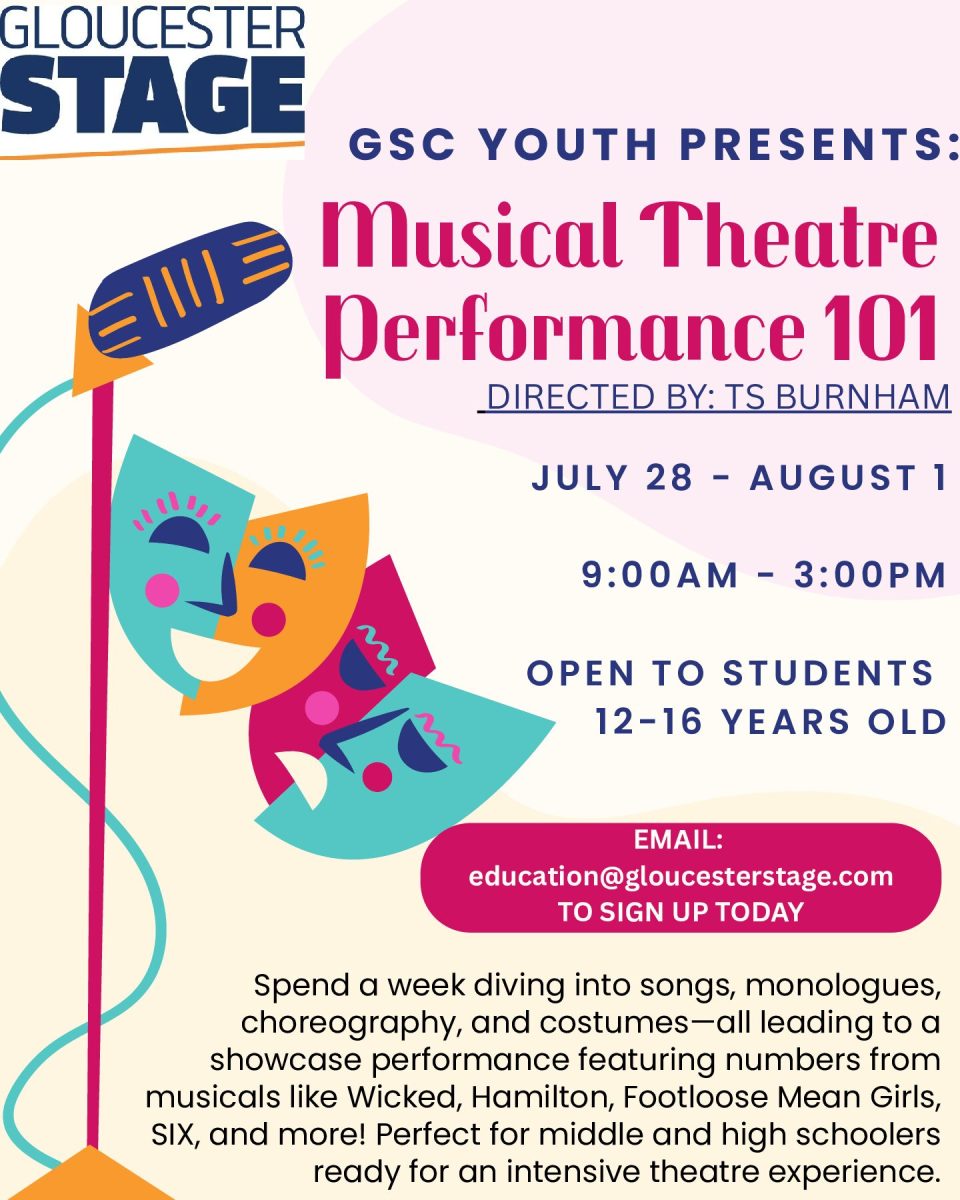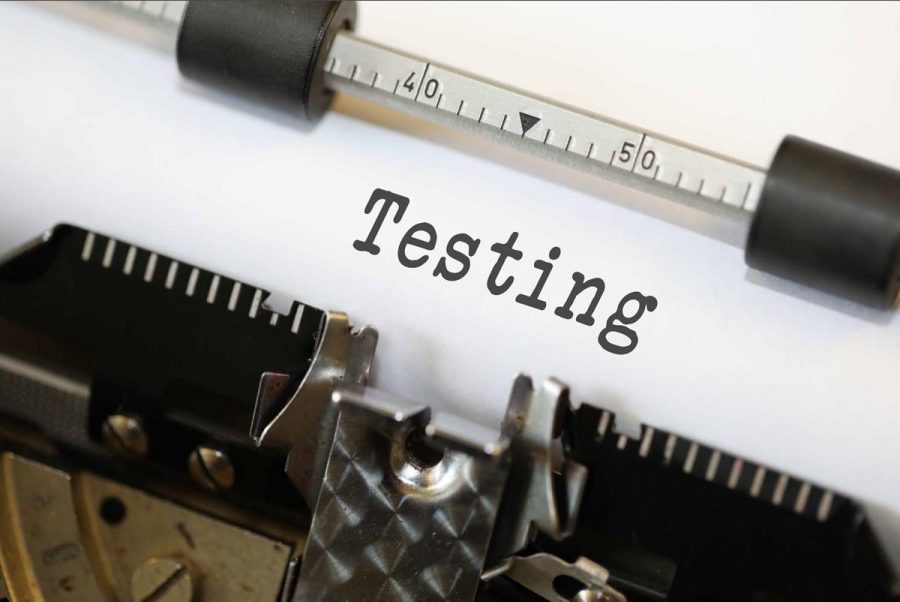The Other Side Of MCAS
October 17, 2018
It’s that time of year again–MCAS scores are in, and with some surprising results.
Gloucester High School has been identified by the Massachusetts Department of Elementary and Secondary Education as a school that requires “targeted assistance or intervention”. Although this has caused concern in the community, there are more variables at play than quality of learning and student investment.
When looking at the MCAS statistics, principal James Cook believes it is important to look at more than just the numbers. Gloucester High School has a diverse student population, and as a result, the school must overcome challenges that the state does not account for.
“In 2017, we had two English Language Learner (ELL) students taking the English MCAS. In 2018, we had twenty,” said Cook. “More than 80 percent passed. In the past, it has been expected that almost nobody fails, but now many of our students have a more challenging educational background. For our ELL students, getting a ‘Needs Improvement’ score is a huge success.”
Cook also explained that GHS works with other academic accommodations as well.
“50 percent of our students are high needs students. This means that the student is an ELL student, a student with a disability, or they are socioeconomically disadvantaged. That number has grown from 41.3 percent in 2015.”
“We are a changing school,” Cook said. “It only makes sense that our scores would reflect that.”
There are also non-MCAS related criteria on the state’s Accountability report. According to Cook, GHS is performing well in several areas.
“In areas that we have targeted, we have seen good results. One criteria looks at how many students take advanced courses, and we have met expectations,” Cook explained. “Graduation and dropout rates either improved or exceeded expectations. In addition, the student growth percentile showed improvement in English, and in Math is in the normal distribution.”
GHS has also met its goal in a category called “Progress Toward Attaining English Proficiency”. This was significant because it showed the improvement made by students who struggled previously. Few are not moving in the right direction.
“Really it’s our lowest performing students, the lowest 20 percent, that are not doing well,” said Cook. “We know we have work to do there.”
The state provides an abundance of data to guide schools and help students get the most out of their education. But there are just some resources that GHS offers that cannot be measured.
“There are lots of things the MCAS doesn’t measure, that we consider important,” said Cook. “It does not evaluate our engineering program or our arts program. It does not measure social emotional learning and growth.”

